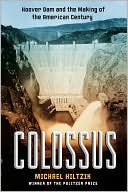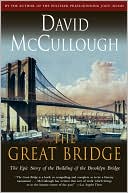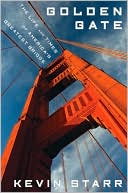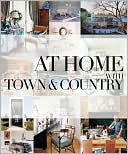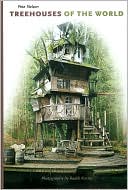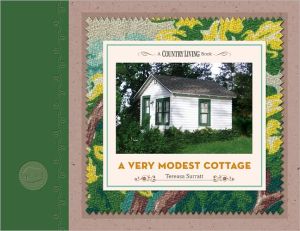Drive-in Theaters: A History from Their Inception in 1933
A primarily American institution (though it appeared in other countries such as Japan and Italy), the drive-in theater now sits on the verge of extinction. During its heyday, drive-ins could be found in communities both large and small. Some of the larger theaters held up to 3,000 cars and were often filled to capacity on weekends.The history of the drive-in from its beginnings in the 1930s through its heyday in the 1940s and 1950s to its gradual demise in modern-day America is thoroughly...
Search in google:
A primarily American institution (though it appeared in other countries such as Japan and Italy), the drive-in theater now sits on the verge of extinction. During its heyday, drive-ins could be found in communities both large and small. Some of the larger theaters held up to 3,000 cars and were often filled to capacity on weekends. The history of the drive-in from its beginnings in the 1930s through its heyday in the 1940s and 1950s to its gradual demise in modern-day America is thoroughly documented here: the patent battles, community concerns with morality (on-screen and off), technological advances (audio systems, screens, etc.), audiences, and the drive-in's place in the motion picture industry. Veteran entertainment-media researcher Kerry Segrave is also the author of such works as Payola in the Music Industry (1994), American Films Abroad (1997), American Television Abroad (1998) and Movies at Home (1999). He lives in British Columbia.Library JournalDrive-in theaters, a uniquely American institution, prospered in the suburbs of the postwar 1950s, when the whole family could go to the movies in that newfound symbol of independence, the automobile. Subsequent decades saw the number of drive-ins decline, owing to the encroachment of home television and a number of other socioeconomic factors skillfully delineated in this well-researched study. The recollections of drive-in patrons as well as theater owners enrich the narrative, and there are valuable appendixes, including the text of the original patent for the drive-in theater, statistics covering the number of theaters (overall and by state) operating through the years, and revenues of indoor vs. outdoor theaters. Though this is an academic study, it is filled with the nostalgia of tinted windshields and free children's playgrounds. Highly recommended for serious film collections.-- Richard W. Grefrath, Univ. of Nevada Lib., Reno
Introduction1A Backyard Invention12Patent Battles113A Very Slow Start, 1933-1944174Postwar Surge, 1945-1949355Drive-ins Battle the Industry526Communities Battle Drive-ins607The Golden Years, 1950s648The Golden Years, Showmanship789The Golden Years, Selling Food8910Strange Drive-ins9911Foreign Drive-ins10412Drive-ins Battle the Elements11513Drive-ins Pray for a Miracle12614Drive-in Sound13515The Audience14216Sex in the Drive-in14817Sex on the Drive-in15318Decline and Stagnation, 1960s and 1970s16919Rapid Descent, 1980s and Beyond18220Conclusion197App. 1: Richard Hollingshead Patent203App. 2: Architect's Ground Plan for Camden Drive-in215App. 3: Louis Josserand Patent216App. 4: Early Drive-ins222App. 5: Financial Data227App. 6: Number of Drive-ins, by State233App. 7: Monthly Film Attendance by Type of Theater, 1952-1954237Notes239Bibliography261Index275
\ Library JournalDrive-in theaters, a uniquely American institution, prospered in the suburbs of the postwar 1950s, when the whole family could go to the movies in that newfound symbol of independence, the automobile. Subsequent decades saw the number of drive-ins decline, owing to the encroachment of home television and a number of other socioeconomic factors skillfully delineated in this well-researched study. The recollections of drive-in patrons as well as theater owners enrich the narrative, and there are valuable appendixes, including the text of the original patent for the drive-in theater, statistics covering the number of theaters (overall and by state) operating through the years, and revenues of indoor vs. outdoor theaters. Though this is an academic study, it is filled with the nostalgia of tinted windshields and free children's playgrounds. Highly recommended for serious film collections.-- Richard W. Grefrath, Univ. of Nevada Lib., Reno\ \ \ \ \ BooknewsTraces what looks like the entire history of an institution as American as apple pie, from its beginnings in the 1930s, its heyday in the 1949-50s, and its demise in recent decades. Documents the patent battles, the concerns with morality (on and off screen), technological advances, and its place in the movie industry. Annotation c. Book News, Inc., Portland, OR (booknews.com)\ \

